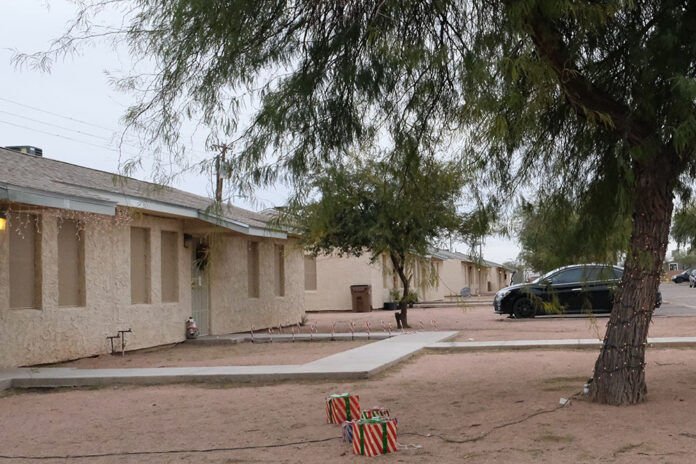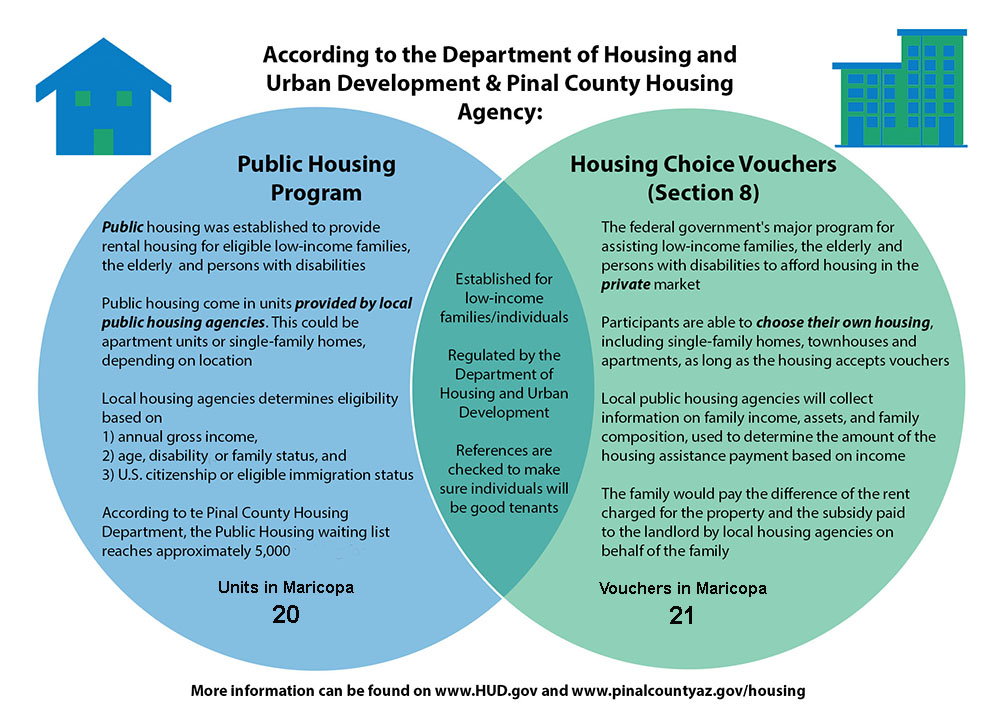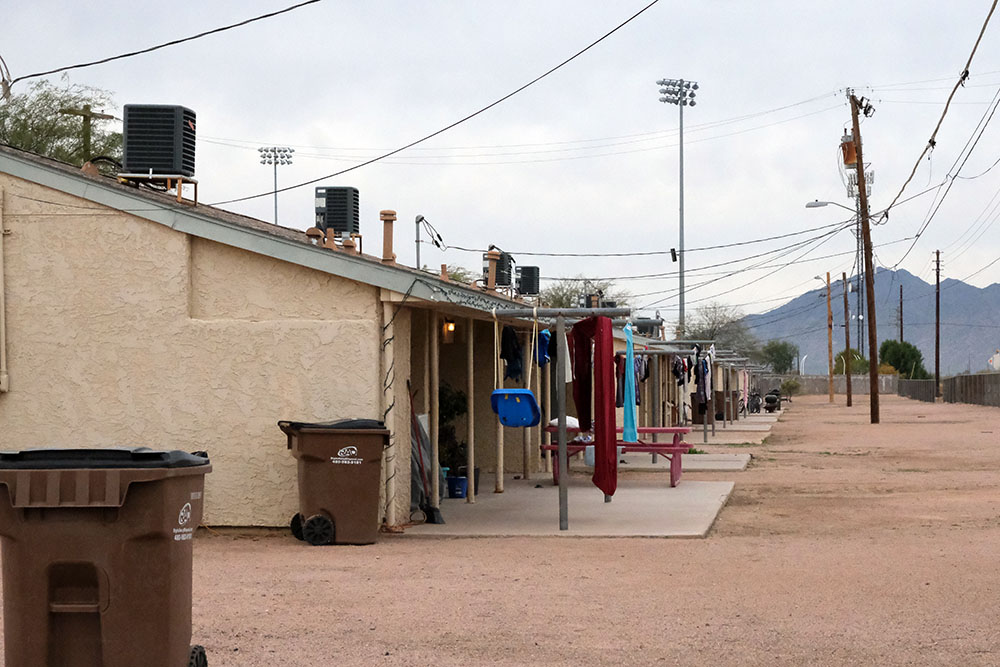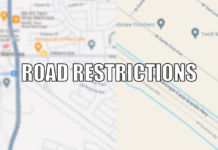
By Joycelyn Cabrera
Public housing in Maricopa is nothing new, but private properties accepting subsidized vouchers give flexibility for low-income families.
The Pinal County Housing Department refers to Edward’s Circle as the “Maricopa property,” a 20-unit public housing complex for eligible, low-income families. Units falling under the Housing Choice Voucher Program would provide more flexibility for a family’s needs if local properties accept the vouchers.
Some rental homes in Maricopa, for instance, have accepted the subsidized vouchers since the beginning of the program. Recent housing studies indicate Maricopa needs more low-income housing.
 Rolanda Cephas, Pinal County Housing Department operations manager, explained how subsidies work in local public housing units.
Rolanda Cephas, Pinal County Housing Department operations manager, explained how subsidies work in local public housing units.
“We operate and we receive subsidies from HUD [Department of Housing and Urban Development] to serve low-income families,” Cephas said. “So, we own the properties, we take care of the properties, we manage the properties. The subsidy is actually attached to the units, so if someone moves out of our public housing, they don’t take the subsidy. The units are what’s subsidized.”
Maricopa does not have private apartments yet. The developer of a proposed apartment complex has stated the project will have tax subsidies but not rent subsidies.
In Pinal County, there are 139 current public housing units, according to Cephas, and 419 Housing Choice Vouchers in use out of a total of 584.
Maricopa has a total of 20 public housing units and 21 Housing Choice vouchers (Section 8 vouchers). Eligible families and individuals occupy the public housing units after a wait-listed period.
Other residences in Maricopa are inspected by the Pinal County Housing Department to ensure the property falls under Section 8 guidelines for those 21 vouchers.
“Section 8 vouchers are vouchers attached to the individual person or individual family,” Cephas said. “So, if someone applies for Section 8 and their name reaches the top of the Section 8 wait-list, what they’ll receive is an actual voucher. They can take that voucher and move into any private rental unit where the landlord is willing to accept a Section 8 voucher.”
Vouchers under the program in Maricopa have the flexibility of choosing a unit to rent, followed by an inspection to determine if the unit meets the housing and rental requirements under the Housing Quality Standards provided by HUD. This includes reasonable rent charges.
According to HUD, the Section 8 program allows low-income families, the elderly and those living with disabilities to afford “decent, safe and sanitary housing in the private market.”
“The subsidy is attached to the voucher on behalf of the family,” Cephas said. “So, if someone finds an apartment … what they would do is go over there with their voucher and paperwork packet; the manager or owner … would fill out their paperwork and give us the information on the actual unit, and then that paperwork is submitted to us.”
The family or individual would pay the difference of the rent charged for the property and the subsidy paid to the landlord on behalf of the family or individual, according to HUD.
Cephas said private properties have the choice of accepting Housing Choice vouchers, but this choice is up to property management or ownership.
The Pinal County Housing Department estimates the number on its Section 8 waiting list to be around 600, while the waiting list for general public housing is approximately 5,000.

This is an updated story clarifying an planned apartment complex’s future subsidies.









![City gave new manager big low-interest home loan City Manager Ben Bitter speaks during a Chamber of Commerce event at Global Water Resources on April 11, 2024. Bitter discussed the current state of economic development in Maricopa, as well as hinting at lowering property tax rates again. [Monica D. Spencer]](https://www.inmaricopa.com/wp-content/uploads/2024/04/spencer-041124-ben-bitter-chamber-property-taxes-web-218x150.jpg)

![Alleged car thief released without charges Phoenix police stop a stolen vehicle on April 20, 2024. [Facebook]](https://www.inmaricopa.com/wp-content/uploads/2024/04/IMG_5040-218x150.jpg)




